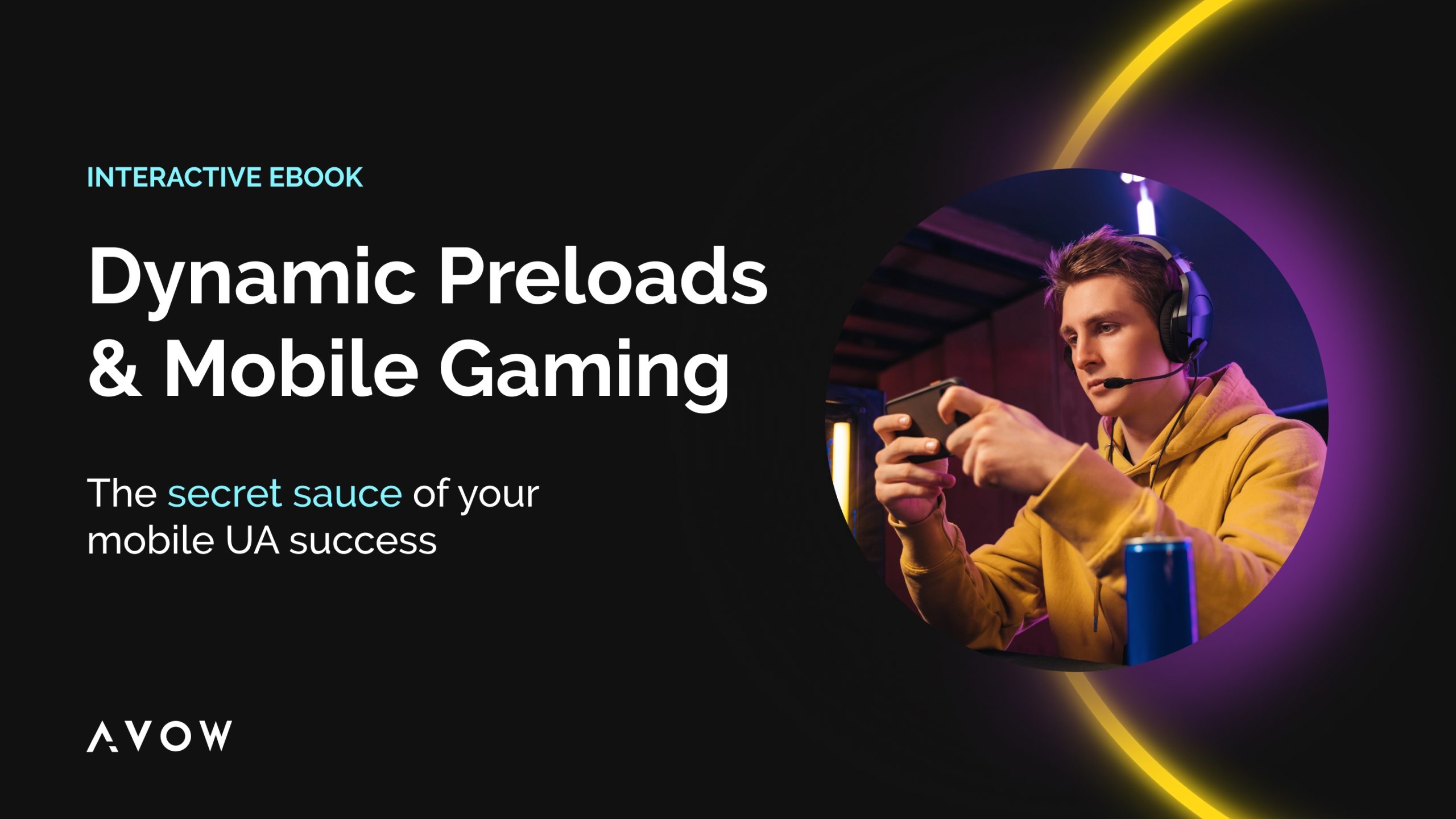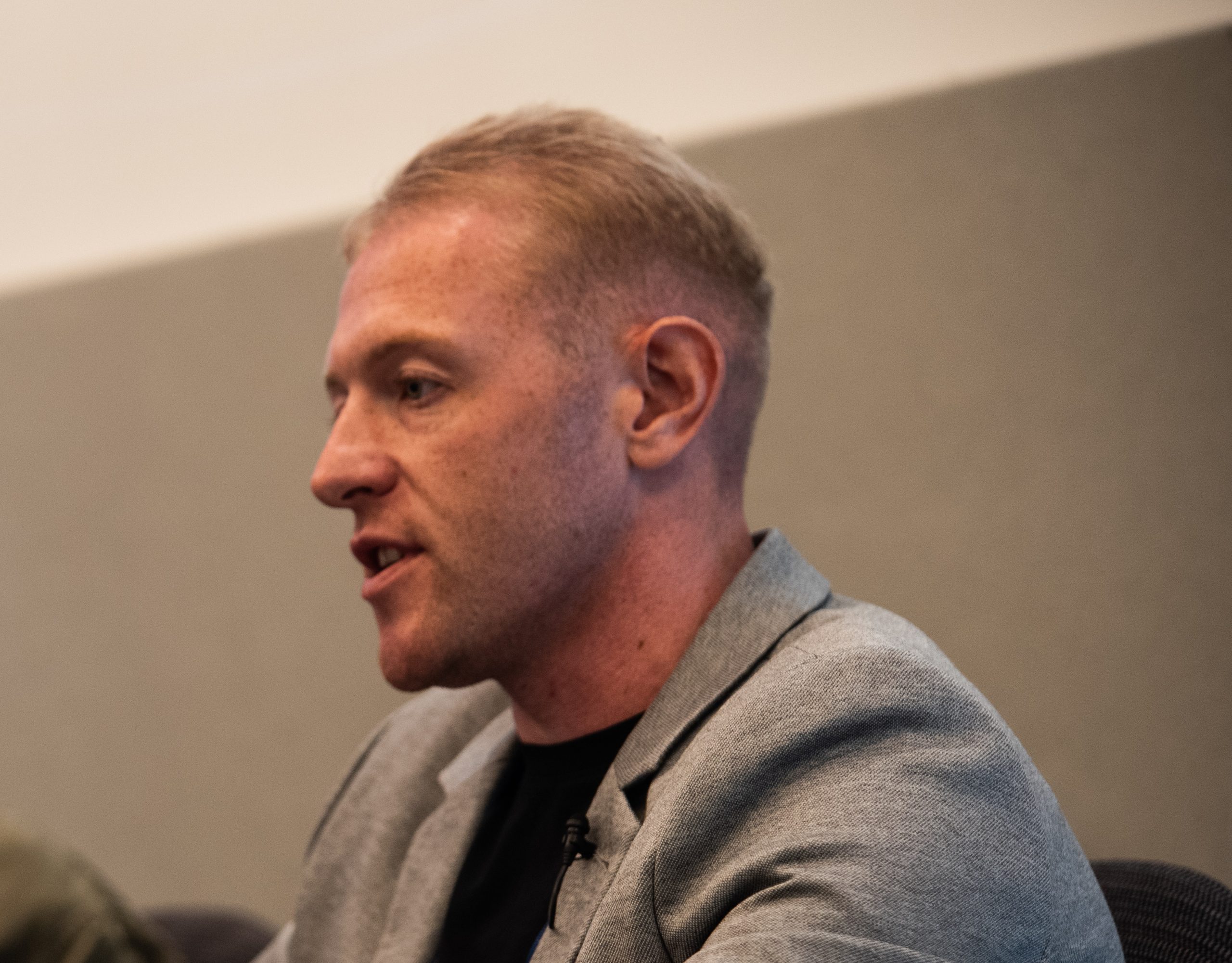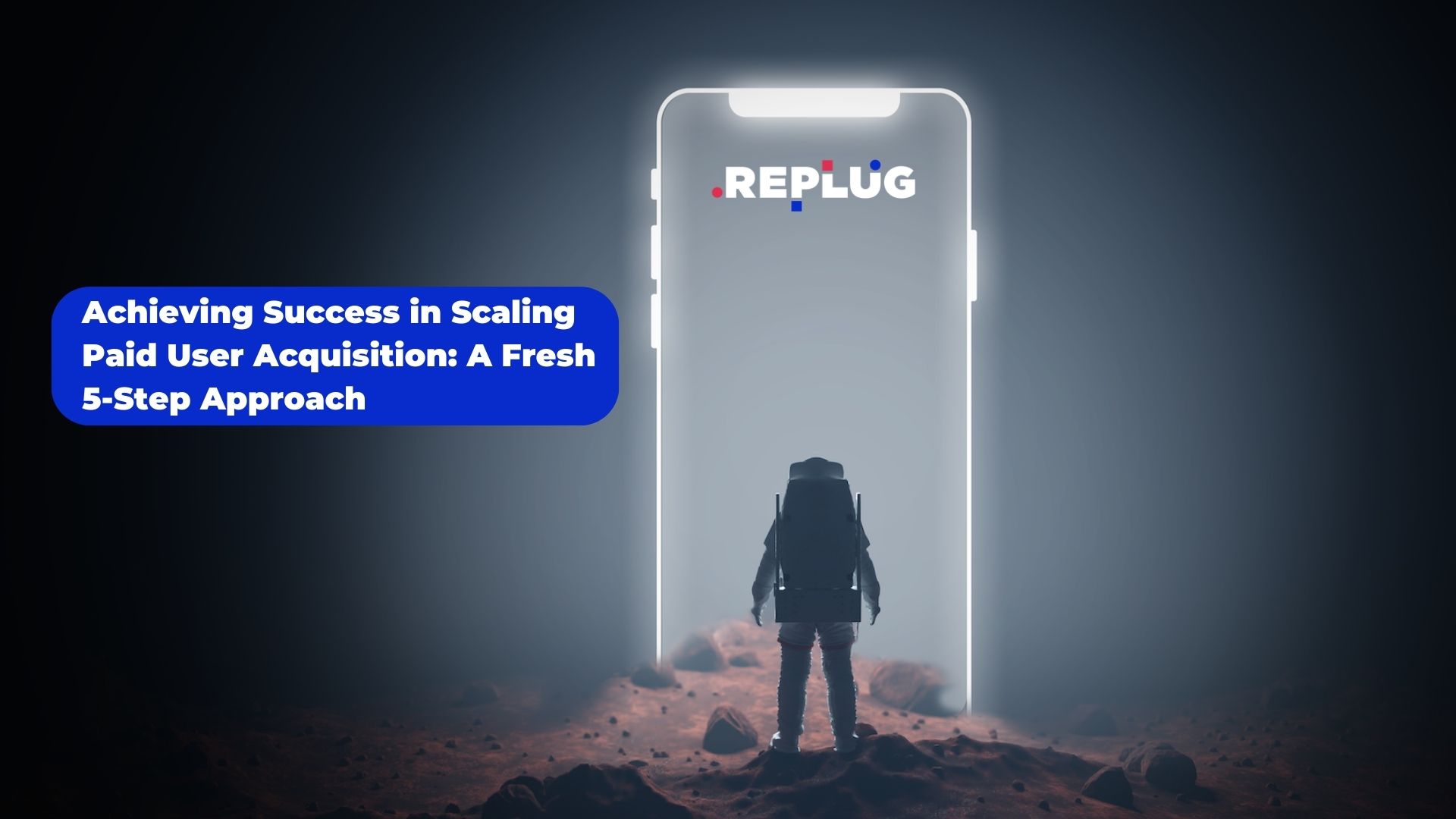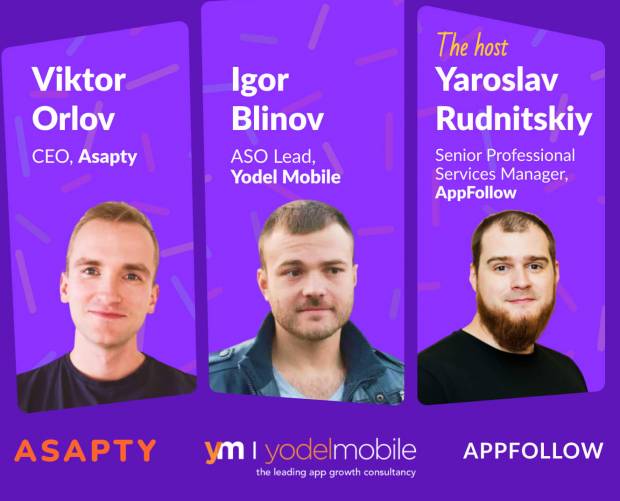 Microsoft designed Windows 8 to be the first cross-product OS (Operating System), unifying a wide range of devices – ranging from phones to tablets, PCs and televisions – and suitable for both work and play.
Microsoft designed Windows 8 to be the first cross-product OS (Operating System), unifying a wide range of devices – ranging from phones to tablets, PCs and televisions – and suitable for both work and play.
Apple CEO Tim Cook described this approach as making a car that can drive, fly and float, but one that is not great at any one of those tasks. So, is this true of Windows 8? How does it perform on a variety of different devices?
Smartphones
On smartphones, Windows Phone 8 is great. The live tiles work well, better than widgets on Android, and the hubs are a good idea for aggregating similar data. The whole feel is slick, fast and modern, and makes iOS 6 look dated.
Windows Phone 8 has a uphill climb against the massive user bases of iOS and Android, and their large app libraries. However, being a potential best of breed OS does not necessarily mean that you will be a best-seller: just look at Mac OS when up against the unreliable and insecure Windows of the late nineties and early noughties.
Tablets
On tablets, Windows 8 RT (the lite version of Windows 8, offering long battery life), the tile interface is also good, if in need of a polish. Criticism has been largely around the lack of Windows store applications, which is not a fault of the OS itself.
Where things begin to fall down on RT is with productivity software. For example, Word and Excel are difficult to use with a touch screen. This is where Microsoft hopes that its plug-in keyboards will come in to their own, allowing users to navigate through productivity apps using the trackpad and keyboard.
Televisions
On televisions, Windows 8 Pro with Media Center is a far better experience than using either Windows 7 or OSX. The tile interface works well on a HDTV, being perfectly usable in what is known as the ‘10ft environment’. This is better suited for consumer tasks than for productivity, and the Media Center is a good interface for watching movies and TV.
The main annoyance is using a mouse from the sofa. Gesture control will be ideal for these media applications, and so a driver update that allows this on Windows 8 cannot come soon enough. The main problem with Windows 8 as a media system is that an Xbox 360 is a cheaper and better option at present. I would expect the next Xbox to be Windows 8-based.
It’s a pity Media Center is only available on the Pro version of Windows 8 and as an extra to download. I expect this is due to Microsoft positioning Xbox as its living room device on the TV, with Microsoft SmartGlass, using Windows 8 on a tablet or phone, as a second screen.
PCs
It is on PCs that Windows 8’s dual interface is causing the most controversy. If you are using your PC for productivity tasks, you will spend most of your time on the desktop, so fact that you go to the start screen’s tile interface to launch desktop apps, as well as store apps, has proved unpopular with many. Third party applications which add a Windows 7 style start menu are already available.
Forcing desktop users to the tile interface is deliberate on Microsoft’s part; they want people to use the new interface, hoping that they will be inclined to use Windows phones and tablets to share data and apps across platforms.
As it tries to embed its big cross-platform vision for Windows 8, Microsoft is taking a calculated risk on losing some PC users. It knows that fewer PCs and laptops will be sold, as more people move to tablets and smartphones. Having 90 per cent of the desktop market is becoming less important as the ‘any other device’ market increases. It is also unlikely that there will be a mass exodus to Apple, just because of a missing start menu.
Hybrid devices
Windows 8’s launch is also accompanied by a growing number of hybrid devices: laptops with swivelling screens; ‘phablets’ with stylus input; ‘all in one’ touchscreen media PCs; 20-inch tablets and others. I do not think these devices will be key to Windows 8’s success. But there is always the chance that some will catch consumers’ imagination and, in the process, provide a boost for Windows 8. You never know, one of them could be a new iMac.
Cloud services
Cloud services, integration and device syncing is a particularly strong point for Google, and a weak point for Apple. Windows 8 seems strong here: it is well integrated with Microsoft’s cloud services such as Skydrive and Outlook, although how well different Windows 8 devices sync together over the cloud is an unknown at present.
Warren Midgley is head of user experience at Kitcatt Nohr Digitas
















